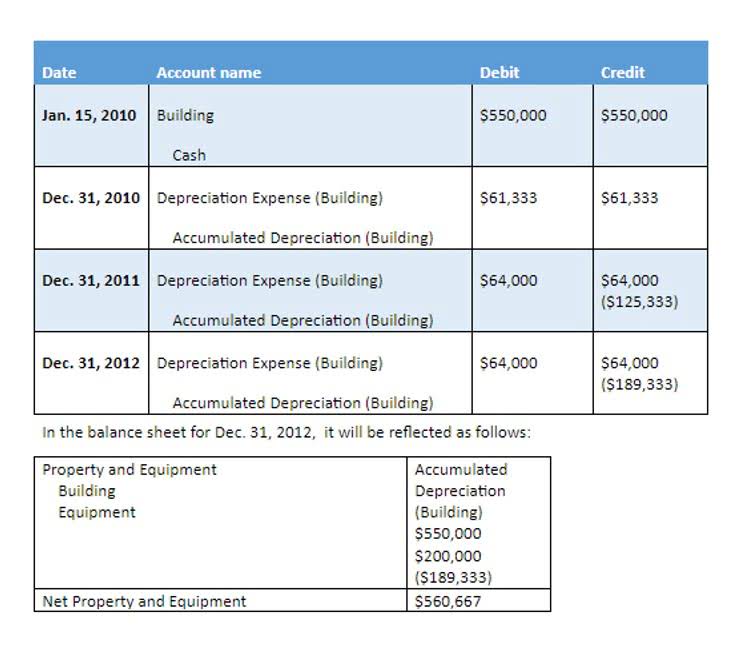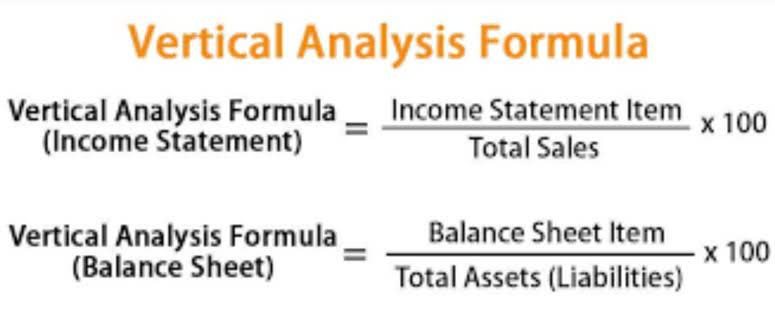
The structure of a bank account number may differ across various financial institutions, and banks often have their own unique systems. However, in general, a bank account number is designed to contain meaningful information about the account. When you list and number your types of accounts, your current assets come first. These accounts track all money coming into your company and also record anything of value that your business owns, including real estate, company cars, inventory, and cash. You can find your account and routing numbers at the bottom left side of paper checks issued from your checking account. Alternatively, you can often find the routing number when you log into an online banking portal.
How to Use the Chart of Accounts
Identifying a customer during a bank-related financial transaction requires two relevant pieces of data – the account number and the routing number. A unique set of information is assigned when opening an account at a financial institution. If you’re the recipient, the person sending money will need your contact and banking details.

Introduction to Chart of Accounts
Every transaction you make – from payroll to paying down a line of credit – should have its own record. This is because a routing number is how a financial institution identifies itself, and, coupled with your banking account number, it can be used to find your account. From left to right, the 9-digit routing number typically appears first, the account number second, the number assigned to an account and the check number listed third. However, those numbers can sometimes appear in a different sequence on a cashier’s check. To protect fraudsters from accessing your accounts, create a strong password of at least 12 characters for your bank’s website and payment apps. Choose security questions that you know the answer to and use multi-factor authentication.

Fact Checked

She believes in the potential of new financial services to enable greater financial access.
- To make many financial transactions, such as setting up a direct deposit or ordering checks online, you will need your bank’s routing number and your account number.
- As your business grows, so does the list of accounts you use to categorize finances.
- If you’re the recipient, the person sending money will need your contact and banking details.
- The exception to the above rules is American Express, whose cards have only 15 digits.
- However, your bank might ask you to visit a local branch and bring photo identification to prove you’re the account holder.
- Security measures such as check digits, which help to verify the accuracy of a number and reduce the chance of input errors, are also commonly incorporated into account numbers.
You’ll need information such as your claim number and Social Security number to verify your identity. Ashley Donohoe is a personal finance writer based in Cincinnati covering banking, loans, investments and taxation. She has written for several personal finance websites such as GoBanking Rates, The Balance and PocketSense. To safeguard account numbers, individuals should avoid sharing personal information, regularly monitor account activities, and contact their bank in case of security breaches.
Secure Financial Transactions
This information ensures that the payment is directed to the correct account, minimizing the chances of errors or misallocations. This streamlines payment processes and eliminates the need for physical checks, offering a more convenient and reliable payment method. Whether it’s a salary payment, pension, or government benefits, the account number serves as a reference point to accurately credit the funds to the recipient’s account. Your long-term liabilities, which include debts like mortgages and bonds, are listed after your more current liabilities.
- If you can’t find them, call your bank for your account number and the bank’s routing number after they verify your identity.
- For the past 52 years, Harold Averkamp (CPA, MBA) has worked as an accounting supervisor, manager, consultant, university instructor, and innovator in teaching accounting online.
- A company’s organization chart can serve as the outline for its accounting chart of accounts.
- The structure of a bank account number can vary by country and by the bank itself, but it often includes details like the branch location and an individual account identifier.
- This number acts as the account’s distinct identity within the bank’s system.
- When you get a bank account, your financial institution gives it an account number that differentiates it from other customers’ accounts.
This number acts as the account’s distinct identity within the bank’s system. Security measures such as check digits, which help to verify the accuracy of a number and reduce the chance of input errors, are also commonly incorporated into account numbers. We offer a range of business templates and software products to make sure you’re prepared for all of your business needs.
Items such as credit card accounts, sales receipts, or gym memberships come with account numbers. New security measures, such as tokens, biometrics, two-factor authentication, and instant account verification, can supplement and strengthen account numbers. Meanwhile, financial institutions have begun to pursue other avenues for preventing and detecting fraud. For example, predictive analytics and machine learning can be used for anomaly detection. Such measures examine email account, IP, phone, physical address, and other information for out-of-pattern behavior.
Each bank account number is unique, serving as a distinct identifier for a specific account holder. Consider this example of current assets to better visualize how they’re organized. This will vary for your business based on the types of accounts your company actually uses, but it’ll look similar. Most businesses assign an account number from three digits to five digits long to represent each account type.
